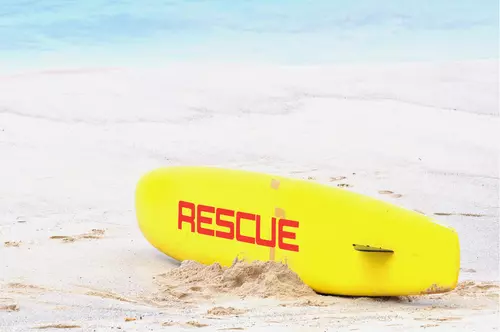
This dynamic course is designed for lifeguards, outdoor recreation leaders, and others who may be called upon to perform open water rescues. Whether in indoor or outdoor aquatic environments - built pools, natural waterways, or open water (non-surf) - you will gain the skills to respond with confidence using both swim-based and non-motorised craft (e.g., rescue boards, surfboards, and paddleboard) rescues. This course also extends to specialist roles, including supervising competitive open-water swimming events and providing snorkel watch, ensuring participants are prepared for a wide variety of scenarios.
Building on basic rescue knowledge, the course develops the ability to assess situations, make quick decisions, communicate effectively, and work as part of a team in high-pressure environments. Training is aligned with best practice standards in aquatic rescue, first aid, and relevant legislation, giving participants the confidence and skills to manage emergencies with professionalism and proficiency.
It is highly recommended that students will have a basic understanding of performing water rescues, prior to undertaking this unit. In addition, it is recommended students can swim 400 metres in less than 8 minutes.
Units Delivered
The following units will be included in your certificate:
